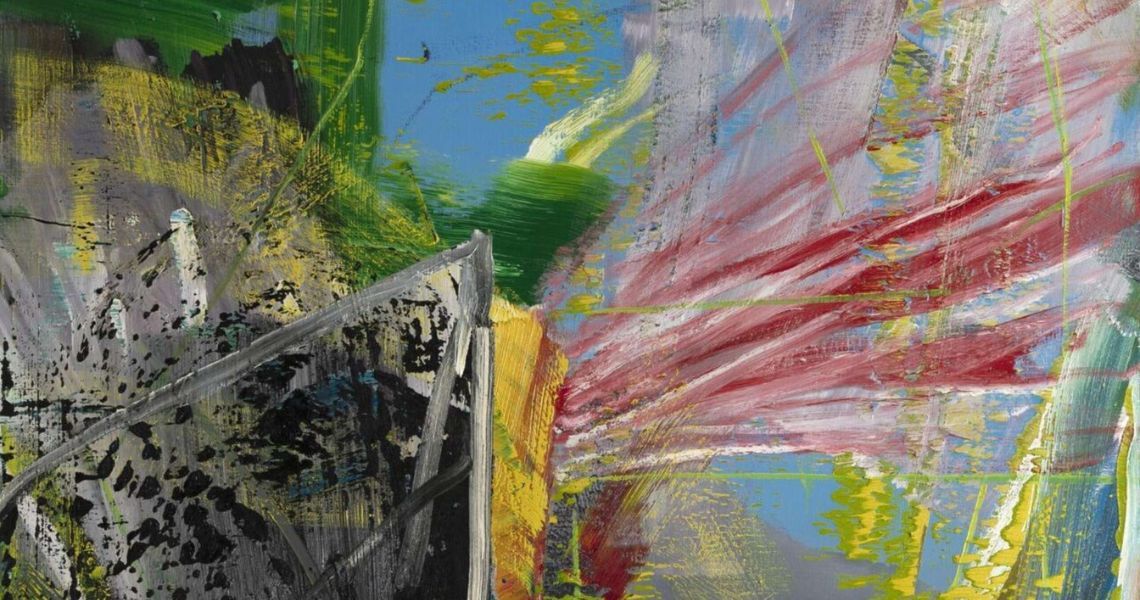October 17 2025 -> March 02 2026
Fondation Louis Vuitton
T : +33 01 40 69 96 00
8 Avenue du Mahatma Gandhi
75116 Paris
France
Contact
T : (+33) 1 40 69 96 00
contact@fondationlouisvuitton.fr
https://www.fondationlouisvuitton.fr
Continuing its tradition of landmark monographic exhibitions devoted to leading figures of 20th and 21st-century art, including Jean-Michel Basquiat, Joan Mitchell, Mark Rothko, and David Hockney, the Fondation Louis Vuitton dedicates all its galleries to Gerhard Richter, widely regarded as one of the most important and internationally celebrated artists of his generation.
Richter was featured in the Fondation’s inaugural presentation in 2014 with a selection of works from the Collection. Now, he is honored with an exceptional retrospective unmatched in both scale and chronological scope, presenting 270 works from 1962 to 2024. The exhibition encompasses oil paintings, glass and steel sculptures, pencil and ink drawings, watercolors, and overpainted photographs, offering for the first time a comprehensive view of more than six decades of Richter’s creation – a practice centered on his enduring joy of studio work.
Richter’s approach embraces both subject matter and the very language of painting, continually experimenting and defying categorization. Trained at the Dresden Academy of Fine Arts, he engages with traditional genres, still life, portraiture, landscape, and history painting, while reinterpreting them through a contemporary lens. Rather than painting directly from nature, Richter works from intermediary sources such as photographs or drawings, transforming them into autonomous creations. Over the years, he has explored a vast array of genres and techniques, applying paint with brushes, palette knives, or squeegees to achieve diverse effects.
The exhibition brings together many of Richter’s most significant works up to his 2017 decision to stop painting, though he continues to draw. Presented chronologically, each section spans roughly a decade, tracing the evolution of his singular pictorial vision, one shaped by both rupture and continuity, from early photo-based paintings to his most recent abstractions.




